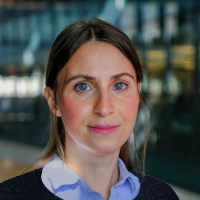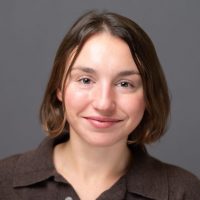
John Rinzel (NYU, Neural Science and Mathematics)
Zoom To obtain the Zoom link, please contact Youngmin Park at park.y@ufl.edu or Kyle Adams at adams.k@ufl.edu.Bistable Dynamics of Perceiving Ambiguous Stimuli When experiencing an ambiguous sensory stimulus (e.g., the vase-faces image), subjects may report random alternations (time scale, seconds) between the possible interpretations. I will …




